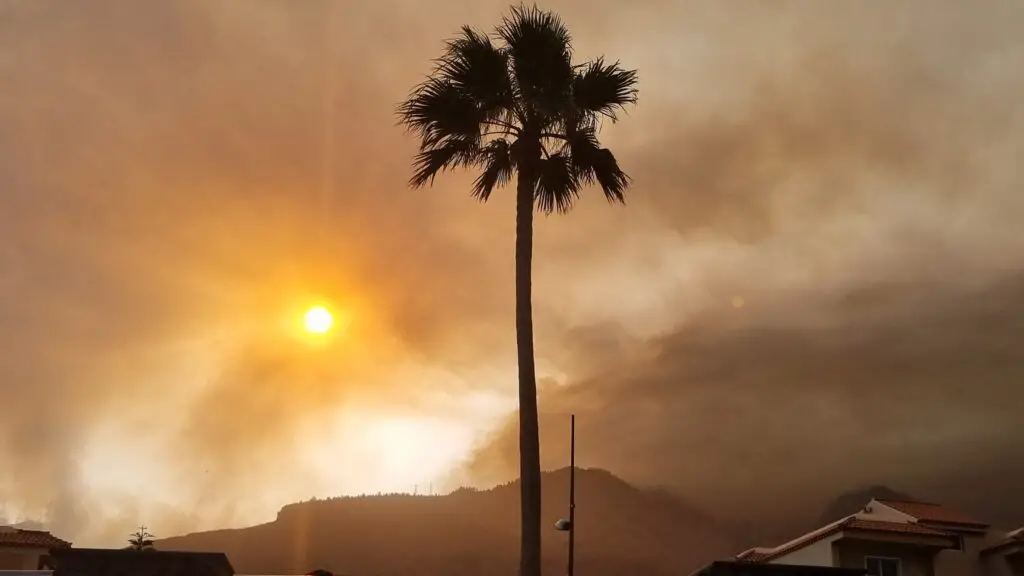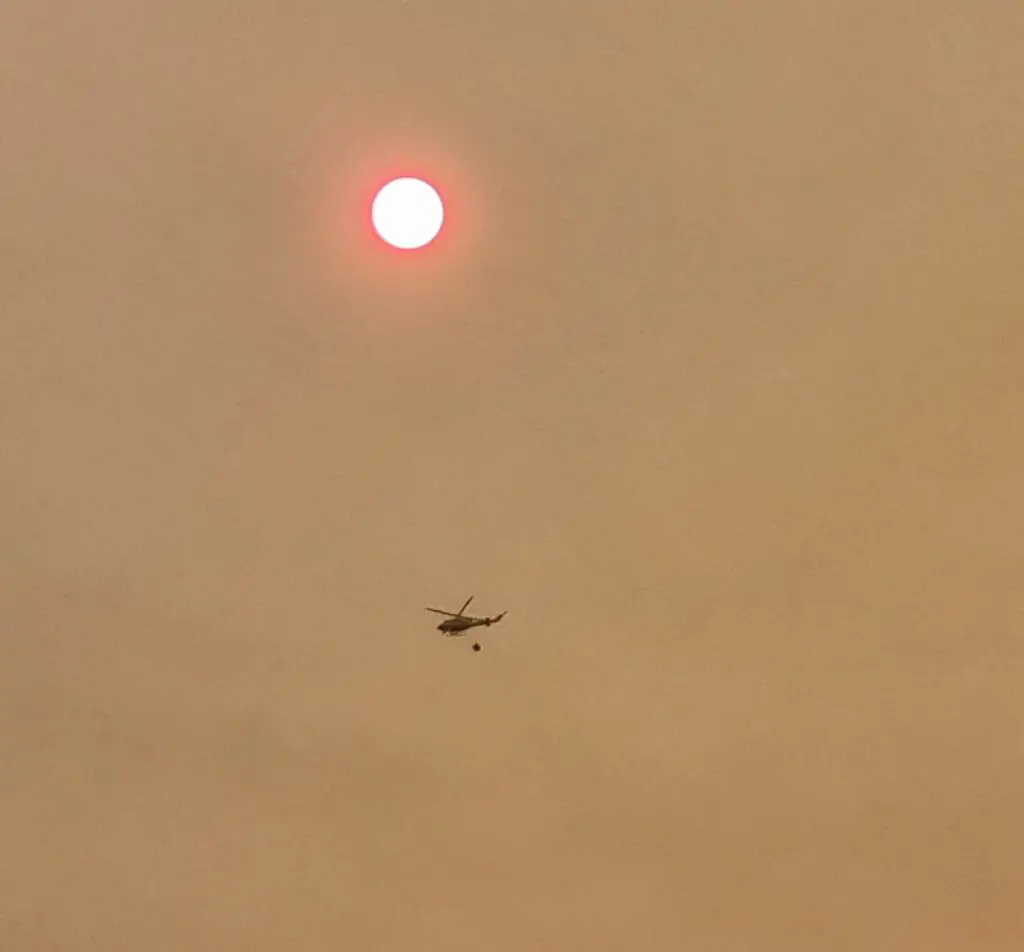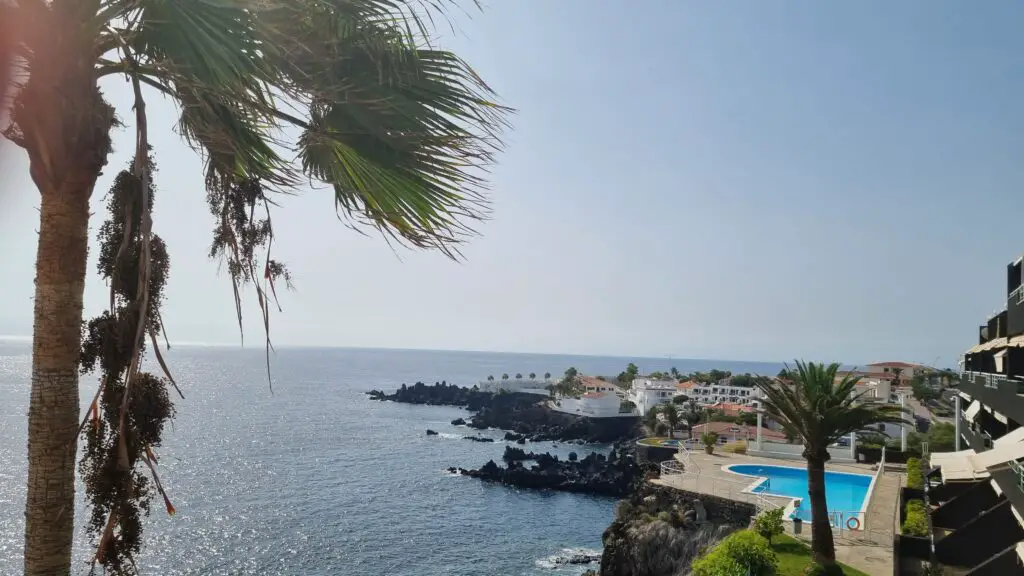Navigating Tenerife Amidst Wildfires: Is Holidaying Possible?
Thursday, October 12th, 2023
What is the current situation on the island of Tenerife?
In the realm of Tenerife and the Canary Islands, wildfires are not an uncommon occurrence. Typically, these incidents are swiftly controlled and extinguished, often escaping widespread notice. However, the wildfire that ignited in the vicinity of Arafo and Candelaria on the night of August 15, 2023, presents a different story. Fuelled by the combination of scorching temperatures, arid conditions, and gusty winds, this fire has yet to be tamed.
For those embarking on a holiday in Tenerife, the scenario might be less concerning than anticipated. The impact of the wildfires, though potent, is primarily concentrated in the island’s northern regions, especially within the pine-clad expanses along the eastern and northern slopes of the Teide. While plumes of smoke and falling ash are observable from certain coastal points in the north, the vibrant tourist hubs in the southern enclave are untouched and undisturbed by the flames.
In the south of the island, where the majority of the holiday resorts are located, the flames are not visible and the area is sufficiently far away from the fire to remain safe and unaffected. Depending on what you were planning to do while on holiday, you may notice that some local festivities have been cancelled and there is limited access to the Teide National Park at the moment.
The airports (Tenerife South as well as Tenerife North) are open, with flights arriving and departing as usual. Public transport services are running and the provision of essential utilities such as electricity and water remains unaffected.
If you are still unsure or if you are planning to stay in the north of the island, it is advisable to directly connect with your accommodation or host to gather specific insights about the conditions prevailing in your intended destination.
In Pictures
While there are smoky conditions in the north…



…there are clear skies in the south of Tenerife



Update September 2023
7th of September 2023
Three weeks on from the initial outbreak, the fires in Tenerife are still burning and efforts to control them are continuing. However, most of the residents in affected areas, who had been moved to temporary accommodation or shelters, have been able to return home by now. While parts of the Teide National Park are still closed to the public, other parts are once more accessible to visitors. The fire has not claimed any lives, as the safety of residents and tourists alike has been, and continues to be, paramount.
With almost 15,000 hectares of the island damaged by the fires, Tenerife has been declared a disaster zone by the central government. This measure will open up funds and financial support for the affected areas and therefore help to enable a swift recovery.
As far as holidaymakers are concerned, life in most of the tourist areas continues as normal and remains unaffected by the ongoing wildfires. Should you have any queries regarding your upcoming Tenerife holiday, you can ring the visitors’ hotline on (+34) 922 255 433, where your questions can be answered in either English or Spanish.
Update October 2023
During the course of September, the Tenerife wildfire, which had previously posed a significant threat, was largely brought under control. However, up to now, it has still not been possible to extinguish the fire completely and there have been several flare-ups in the north of Tenerife.
A concerning reactivation of the blaze occurred on the 4th of October, which necessitated the evacuation of approximately 3,200 residents in the vicinity of Santa Úrsula and La Orotava, many of whom had already experienced the devastating effects of the fire in August. On the 10th of October, another flare-up caused the evacuation of around 120 residents in the municipality of El Sauzal. Luckily, all evacuated citizens have by now been able to return to their homes.
The reason for the ongoing reactivations is the fact that the fire is still active over a large subsurface area. When this underground fire reaches the surface, it encounters dry conditions. This situation is further aggravated by low humidity, strong winds and unseasonably hot weather.
Tenerife has experienced temperatures in the high 30s since the end of September. However, the coming three to four days should see the weather cooling down, which may make it easier to control the fire.
A substantial contingent of dedicated firefighters on the ground, reinforced by helicopters and aircraft, are still working tirelessly in their efforts to keep the fire in check and protect citizens, their homes, and livestock.
While these fires have been the worst in the Canary Islands during the last 40 years, thankfully, no lives have been lost and there has been limited damage to residents’ homes. Tourism has remained largely unaffected, as most of the main tourist areas are situated in the south of the island, where the effects of the fires have hardly been noticed.